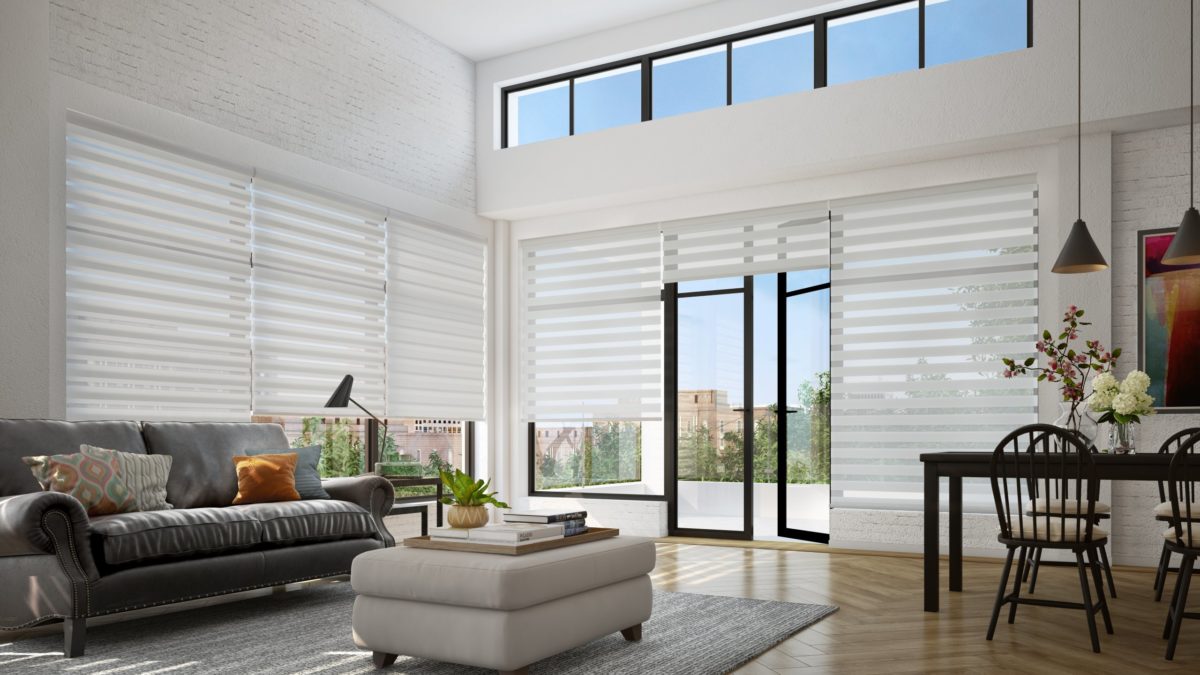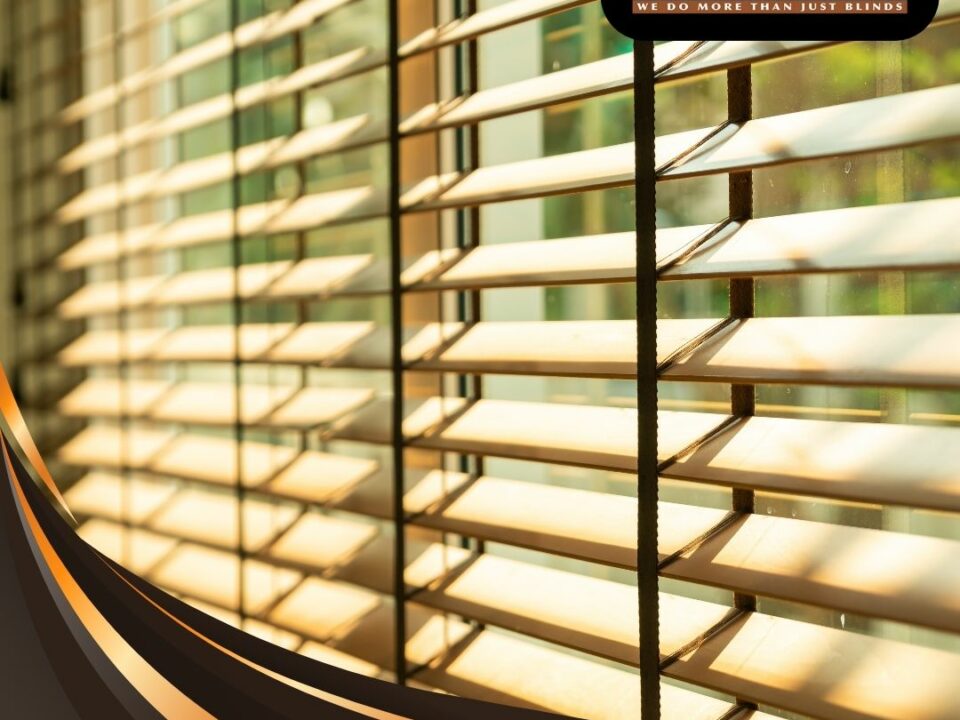
Honeycomb Window Shades: Are They Worth It?
November 9, 2022Add Style and Value to Your Home With Custom Shutters
December 8, 2022As with most window treatment options, honeycomb shades come in various styles and qualities. There are four key variables to consider when choosing the best option for your business:
Single or Dual Cell: Cellular shades can have different R-values depending on how the cells are arranged. For instance, a single cell shade that filters but does not black out light will be significantly less energy efficient than black-out shades with double cells.
Cell Size: Small honeycomb cells work especially well for smaller windows. However, for large office or warehouse windows, bigger cells tend to be the better choice due to their lighter weight and higher R-value.
Quality of Materials: Honeycomb cells can be made of fabric or plastic. While plastic varieties are usually less expensive, they may also be less durable than a fabric version.
Together, these variables can determine exactly what type of honeycomb shades make the most sense for your business. Naturally, smaller, single cell plastic options are the least expensive. However, the additional energy savings and durability of large dual cell fabric alternatives might provide a higher ROI in the long term.
Caring For Cellular Shades After Installation
Whatever option you choose, proper maintenance is vital. Whether you choose fabric of plastic, honeycomb shades should be cleaned regularly to maintain their effectiveness.
Dirt and dust can slowly discolor your window treatments. That, in turn, can compromise their light-controlling abilities. Wipe soiled or stained areas in the same direction as the pleats to keep them looking crisp. Warm water and a mild detergent will usually do the trick on stains, especially after dusting off some of the surface dirt.




